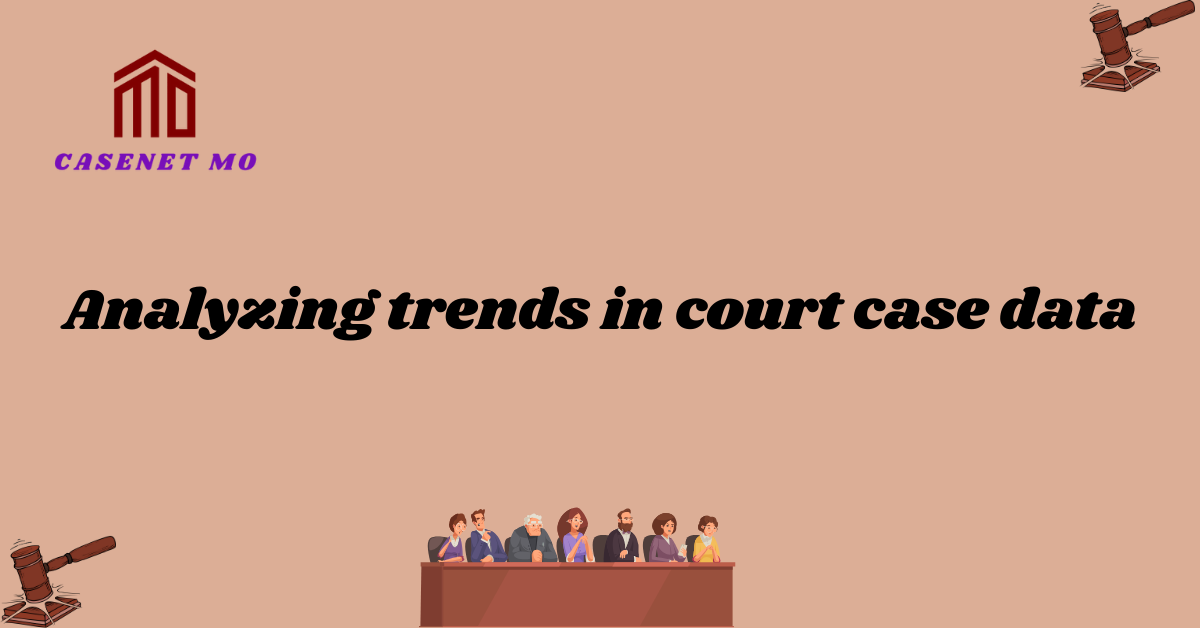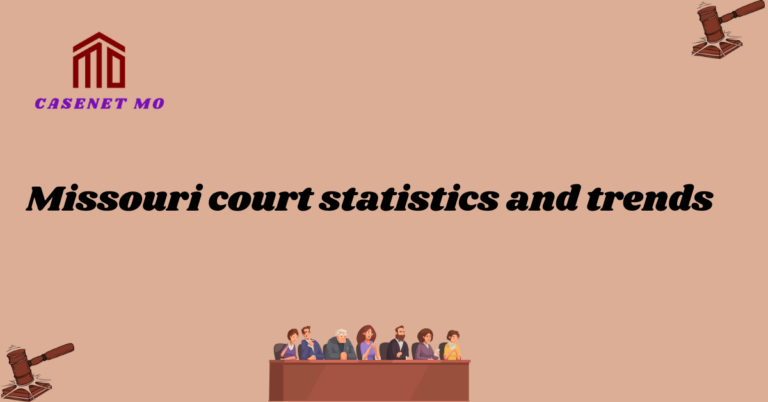Analyzing trends in court case data
Examining trends in court case data provides valuable insights into the legal landscape of Vermont. By analyzing patterns in case filings, disposition rates, and types of litigation, researchers can identify emerging legal issues and assess the efficiency of the judicial system. Understanding these trends equips policymakers, legal professionals, and the public with the knowledge needed to address challenges, improve access to justice, and make informed decisions regarding legal matters in the state.
Through meticulous examination of court case data, we aim to shed light on the key factors that influence legal outcomes. From the impact of socioeconomic factors to the influence of precedent-setting cases, our analysis will offer a comprehensive understanding of the forces at play. By uncovering these trends, we empower legal practitioners, researchers, and anyone interested in the legal field to make informed decisions and gain a deeper appreciation for the complexity of our legal system.
Understanding the Impact of Socioeconomic Factors
One of the key aspects we will explore in our court case data analysis is the influence of socioeconomic factors on legal outcomes. It is well-known that individuals from different socioeconomic backgrounds may experience varying levels of access to legal resources and representation.
Through our in-depth examination, we aim to highlight how factors such as income, education, and social status can play a role in shaping the outcomes of legal cases. By understanding these dynamics, legal professionals can better advocate for their clients and work towards a fair and equitable justice system.
Unveiling the Power of Precedent-Setting Cases
Another fascinating aspect we will delve into is the influence of precedent-setting cases on legal outcomes. These landmark cases establish legal principles that guide future decisions in similar situations.
By analyzing court case data, we can identify the patterns and trends that emerge from the application of precedent-setting cases. This knowledge allows legal practitioners to anticipate potential outcomes and craft more effective arguments based on established legal principles.
Exploring the Nuances of Legal Representation
Legal representation plays a critical role in shaping the outcomes of court cases. In this section, we will examine the impact of different types of legal representation, such as private attorneys, public defenders, and self-representation.
By analyzing the data, we aim to shed light on the advantages and disadvantages of each type of representation and how they may influence the outcomes of legal proceedings. This information can help individuals make informed decisions about their legal representation and provide insights for policymakers seeking to improve access to quality legal counsel.
Uncovering Bias and Fairness in the Legal System
Bias and fairness are important considerations in any analysis of court case data. In this section, we will explore the presence of bias in legal outcomes and its potential impact on the fairness of the justice system.
By examining data related to factors such as race, gender, and ethnicity, we aim to identify any disparities or inequities that may exist in the legal system. This knowledge can prompt critical conversations and actions to address and mitigate bias, ensuring a more just and equitable legal landscape for all.
Harnessing Data for Informed Decision-Making
In the final section of our analysis, we will emphasize the importance of data-driven decision-making in the legal field. By uncovering and understanding the trends and patterns in court case data, legal professionals, researchers, and policymakers can make informed decisions that promote fairness, justice, and positive change.
We will provide practical insights and recommendations on how to utilize court case data effectively, empowering our users to navigate the complexities of the legal system and contribute to its continuous improvement.
FAQs
What is court case data analysis?
Court case data analysis involves examining legal proceedings, judgments, and related information to identify patterns, trends, and insights. It often includes studying factors such as case types, outcomes, judicial decisions, demographics of involved parties, and legal precedents.
Why is court case data analysis important?
Court case data analysis provides valuable insights for various stakeholders, including legal professionals, policymakers, researchers, and the general public. It can help identify systemic issues within the legal system, track changes in legal precedents, inform policy decisions, and improve legal strategies.
What trends appear in court case data?
Common trends analyzed in court case data include case filings over time, disposition rates (e.g., settlements, dismissals, judgments), trial outcomes, litigation costs, case duration, demographic trends of litigants, and types of legal issues being litigated.
How are court case data analyzed?
Court case data analysis employs various methodologies, including statistical analysis, data visualization techniques, natural language processing (NLP) for textual analysis of legal documents, machine learning algorithms for predictive modeling, and network analysis to examine relationships between legal entities and concepts.
Where to find court case data for analysis?
Court case data is typically available from multiple sources, including government repositories, legal research databases, academic institutions, and commercial providers. Some common sources include court websites, online legal databases like LexisNexis and Westlaw, academic research repositories, and specialized platforms offering access to legal datasets. However, it’s essential to consider data quality, completeness, and legal restrictions when accessing and using court case data for analysis.







